During your jewelry shopping journey, you will inevitably encounter diamonds set in platinum, among various other types of settings. Both diamond and platinum are renowned for their brilliance and durability, making them popular choices for lifelong adornment.
But when it comes to determining which material is superior, the question arises: Diamond or platinum, which one possesses better characteristics?
Comparing these two materials is challenging due to their fundamentally different internal structures—one being a mineral and the other a metal.
However, despite this unconventional comparison, we will endeavor to provide you with some insights in this article. We aim to equip you with a comprehensive understanding of these materials and why they form an excellent combination in jewelry.
DESIGN YOUR OWN ENGAGEMENT RING: START WITH A SETTING OR START WITH A DIAMOND. IT’S REALLY UP TO YOU!
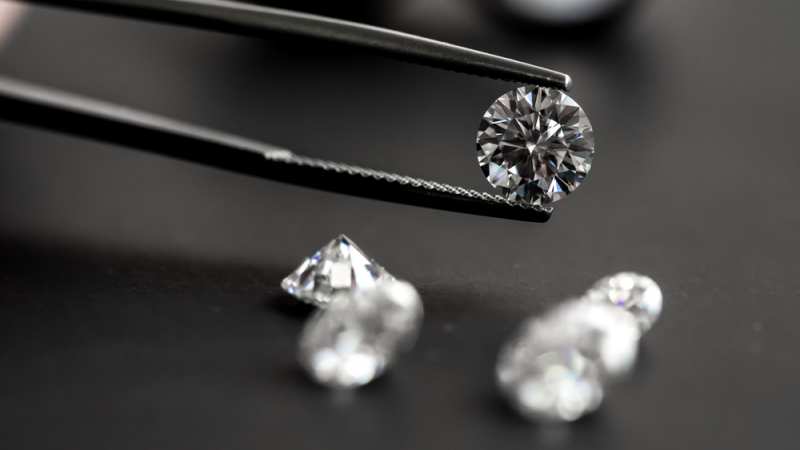
What Is A Diamond?
Diamonds are formed deep beneath the Earth’s crust, where carbon atoms are subjected to intense heat and pressure. This process creates the crystalline structure that we recognize as diamonds. While diamonds share the elemental composition of carbon with coal and graphite, it is the unique arrangement of carbon atoms that distinguishes diamonds.
Diamonds have the most concentrated form of carbon atoms, which contributes to their exceptional durability and resilience, setting them apart from other gemstones.
In addition to their widespread use in jewelry, diamonds find applications in various industries, including the military, locomotive, and mining sectors, thanks to their remarkable properties.
Diamond particles are incorporated into saws and drills to enhance their cutting power and efficiency when working with tough materials.
In the medical field, nanodiamonds, tiny diamond particles, are utilized to monitor cellular responses to cancer medications. The reflective properties of diamonds enable doctors to observe internal bodily functions.
Furthermore, diamonds show potential as materials for bionic eye implants, aiming to restore vision for visually impaired patients.
The beauty industry has also embraced diamonds, utilizing diamond-based powders in facial exfoliating masks to reduce the appearance of skin imperfections and blemishes.
In the entertainment industry, diamonds have found their way into speaker domes, ensuring high-quality sound reproduction even at higher vibrations. DJ equipment and record players that employ diamond needles in their systems produce exceptional audio output.
These diverse applications highlight the remarkable versatility and unique properties of diamonds beyond their allure in the realm of jewelry.
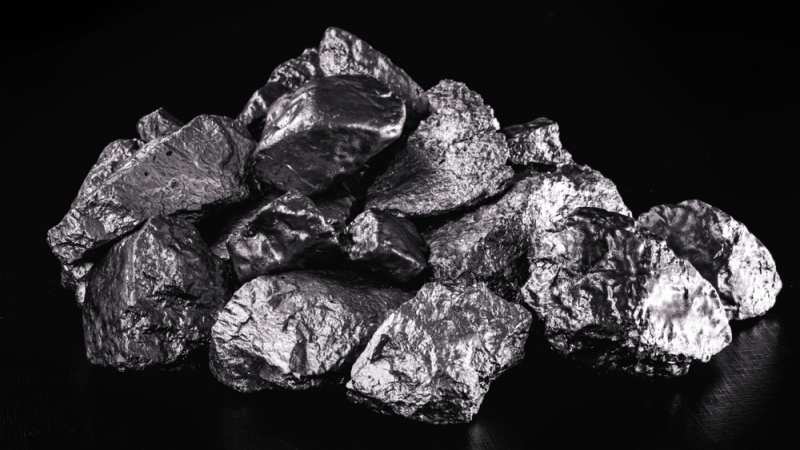
Let’s Talk About Platinum
Platinum is a naturally occurring precious metal known for its white and silver color. It is typically found in alluvial deposits in an uncombined state.
Unlike gold, which often requires alloying with other metals to enhance its strength, platinum is often used in a purer form, typically consisting of around 95% platinum and 5% metal alloys such as palladium, iridium, or ruthenium. These alloys are hypoallergenic, making platinum a popular choice for those with sensitive skin.
One notable characteristic of platinum is its resistance to tarnish, unlike other metals like gold. Instead, platinum develops a surface coloration known as patina, which some individuals appreciate as it symbolizes the enduring nature of their relationship.
Platinum has a rich history, dating back to ancient times. The metal was used by the ancient Egyptians, who adorned their artifacts with platinum alongside gold and silver. Indigenous South American cultures also incorporated platinum into their ceremonial jewelry.
However, platinum’s true qualities and potential were not fully understood until later centuries. Spanish explorers in the New World initially viewed platinum as a nuisance and discarded much of it. The metal was eventually recognized as its own element by Antonio de Ulloa, a Spanish explorer who brought platinum back to Spain in the 18th century.
Over time, platinum’s desirable properties, such as its luster, strength, and resistance to tarnishing, led to its popularity in jewelry and other industries. Jewelers like Louis Cartier began using platinum in their creations, highlighting its unique qualities.
Platinum sources were initially limited, but discoveries in Russia, Canada, and South Africa expanded its availability. Russia became a leading producer, followed by Canada and South Africa. Platinum bullion bars and coins gained popularity in the 20th century, particularly during the Arab Oil Embargo in the 1970s.
In modern times, platinum finds diverse applications. It is widely used in jewelry due to its tarnish resistance. In industries, platinum serves as a catalytic converter in engines to reduce harmful emissions, plays a role in the oil industry for gasoline extraction, and enhances the magnetic properties of computer hard disks. Platinum is also utilized in the medical field for applications such as dental fillings, chemotherapy treatments, and pacemakers.
In summary, while diamonds and platinum are distinct materials, they share a rich history and a wide range of uses in various industries. Both are valued for their unique properties and have found significance in jewelry, technology, and medical applications.
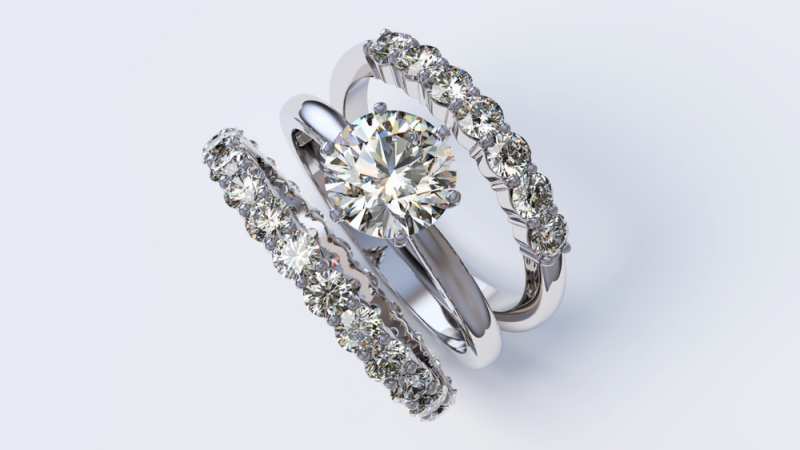
Differences Between Diamond And Platinum
Platinum and diamonds are fundamentally different from each other. Platinum is a metal, similar to other metals like silver, copper, and zinc, while diamonds are gemstones. Comparing the two is like comparing apples and oranges, as they have distinct properties, scales of measurement, and market prices.
Although platinum and diamonds are commonly used together in the design of engagement and wedding rings, it’s important to note their differences. The most obvious distinction is their nature, with diamonds being minerals and platinum being a metal. Both elements are sourced through mining, but while platinum is a naturally occurring element that cannot be artificially replicated, diamonds have been successfully created in laboratories for the past 70 years.
Platinum is graded and measured by its purity, typically marked as “950” to indicate 95% purity in a platinum-based piece, with the remaining 5% consisting of alloys. Diamonds, on the other hand, are evaluated based on the 4C’s: cut, carat weight, clarity, and color. Higher grades in each of these factors contribute to a more valuable stone, irrespective of its size.
In terms of hardness, diamonds rank a perfect 10 on the Mohs scale, which measures resistance to scratching. Only another diamond can scratch a diamond. In contrast, platinum has a hardness score of 4-4.5, making it much softer compared to a diamond. Any material with a higher score on the scale can potentially scratch platinum.
To provide perspective on hardness, we’ve compiled a table featuring various materials and their respective scores on the Mohs scale, categorized into metals and minerals.
Regarding price, diamonds are typically priced per carat, with 1 carat equivalent to 200 milligrams. The price of platinum per gram is approximately $25, while a 1-carat diamond can range from $3,000 to $15,000, depending on its cut, color, and clarity.
As a result, diamonds are significantly more expensive than platinum.
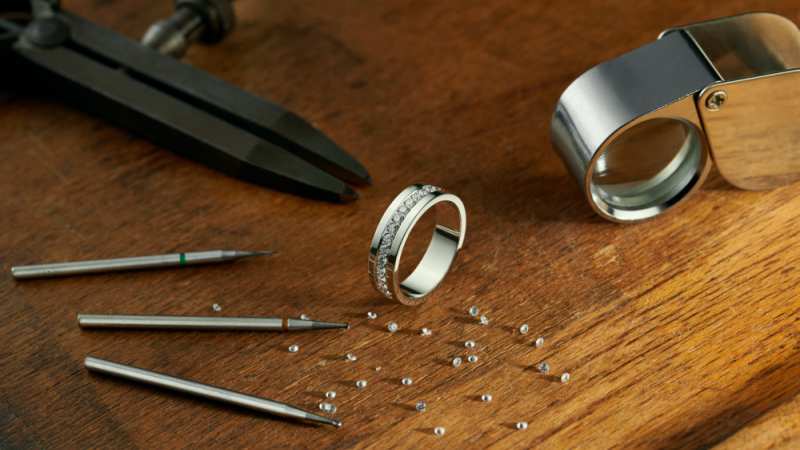
Diamond And Platinum: The Perfect Pair For Your Ring
Platinum, although not the hardest material, is undeniably strong, making it a popular choice in various industries. Its durability and strength make platinum well-suited for everyday wear. However, these qualities also contribute to its higher price compared to other metals, as platinum is less malleable and more challenging to work with.
The strength of platinum makes it an excellent choice for securely setting gemstones, as it holds them firmly in place. Unlike white gold, platinum has a natural white color that does not wear off or fade when scratched. Instead, it develops a unique “patina finish” over time, adding character to the metal. Furthermore, platinum is hypoallergenic, making it suitable for those with sensitive skin.
Diamonds, on the other hand, are a timeless and traditional choice for engagement rings. Similar to platinum, diamonds maintain their sparkle and brilliance throughout a lifetime, making them ideal for rings worn daily. Both diamonds and platinum possess a natural radiance and luxurious appeal, making them a perfect combination.
The natural color of diamonds complements the white brilliance of platinum, enhancing its sparkle even further. Together, they create a stunning pairing that symbolizes commitment and strength in a relationship. A diamond and platinum ring is not only a beautiful piece of jewelry but also a lasting heirloom that can be passed down through generations.
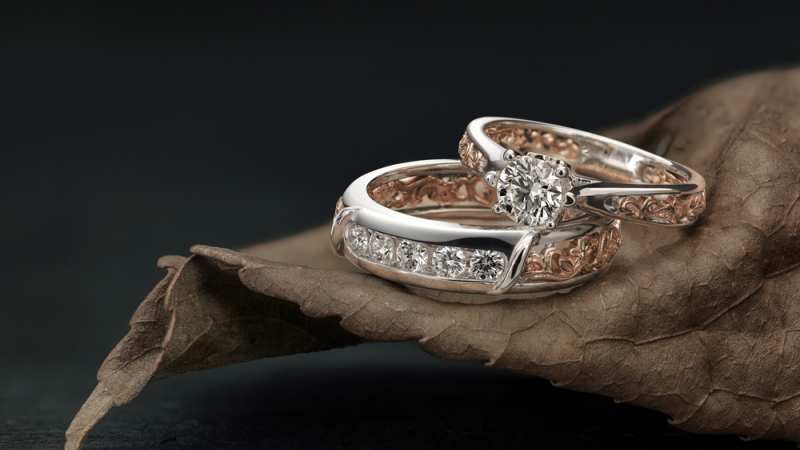
Final Word
Diamond and platinum are both prized materials known for their exquisite qualities, making them highly sought after in both the jewelry industry and various other fields. However, comparing diamond and platinum is not a straightforward task, as they differ fundamentally in their composition and characteristics.
The most notable distinctions between diamond and platinum lie in their price and hardness. Diamond holds the advantage in both aspects, being the hardest known substance and carrying a significant price tag.
Despite these differences, diamond and platinum form a perfect combination in engagement rings. Platinum’s natural brilliance and white hue serve to enhance the beauty of diamonds, making them appear even more stunning. The synergy between these two materials creates an irresistible allure that is particularly cherished in the realm of engagement jewelry.


